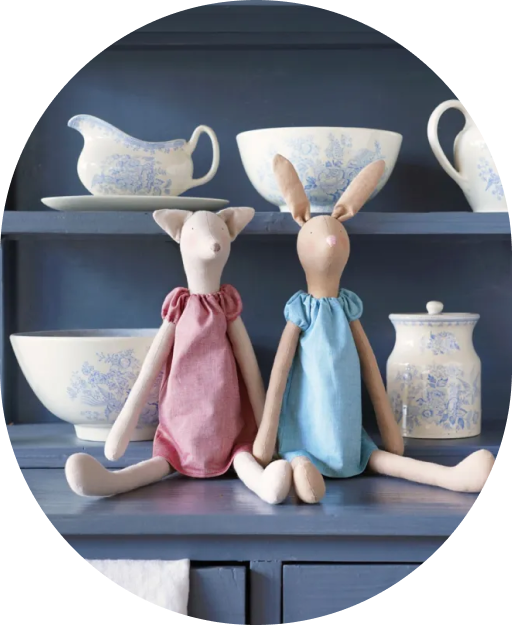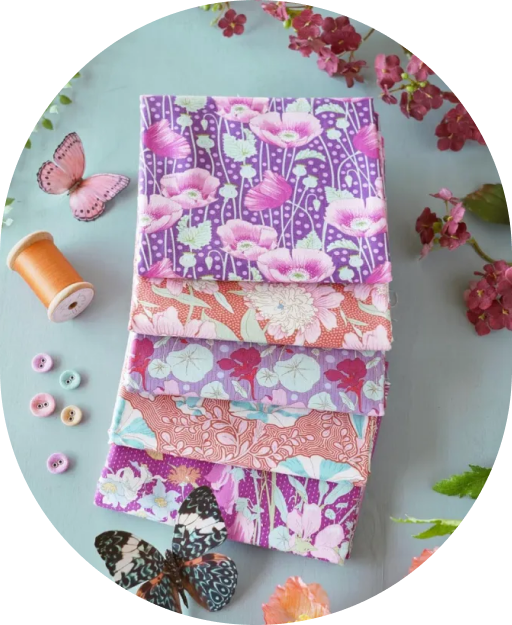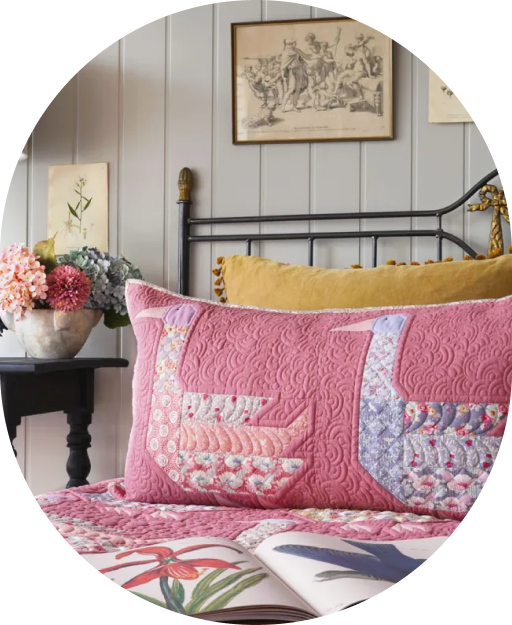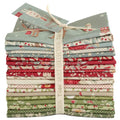
The Perfectly Imperfect World Of Tilda
Tilda's designer, Tone Finnanger, founded the Tilda brand in 1999 at the young age of 25 on the peaceful and inspirational island of Havasser, Norway, with the help of Swedish company Panduro Hobby.
She believes that her main concept is that "Tilda adds comfort and joy to our daily lives" through handmade crafts, and she proposes a wide range of ideas for hobby crafts, not just sewing but also paper items, captivating craft fans all over the world, including Europe and Asia.
If Tilda were a real woman, she would be a bit quirky, romantic, and kind. She lived in the moment and always thought positively.
Although she is sensitive to the latest interior design trends, she believes that the most important thing is to create your own unique style. Tilda's world is perfect and imperfect at the same time.

Toon Finnanger, the talented designer who created Tilda at the young age of 25, was born in 1973 to parents who were doctors and grew up near Vigeland Park in Oslo.
From an early age, he was interested in creative activities such as painting and was working on his own creations. Initially, he aimed to become a graphic designer, learning traditional painting techniques and dreaming of a creative career.
When Tone started working in the hobby business, she was tasked with creating sample pieces. She soon realized that there was no feminine concept in the hobby industry, so she created her own designs, which quickly became popular.
Alongside creating samples, I also worked on creating concepts for children, including children's books and animations.
The combination of these jobs and ideas led to the opportunity to create the world of Tilda.

A major change in her life came in 1998 when she inherited a house on Havassa Island.
She moved with her husband and dog from urban Oslo, the Norwegian capital, to the tranquil fjord island of Havassar.
This big change was the catalyst for the birth of the "Tilda Concept." The doll that Tone had envisioned as a child was transformed into a "doll for adults."
The Tilda doll was born with its distinctive features, round eyes and rosy cheeks. The name Tilda is short and easy to remember, and has spread to many languages.
Tone intuitively felt that the logo should look like a tag on a piece of clothing, and the logo that was born at that time has remained the same to this day.


